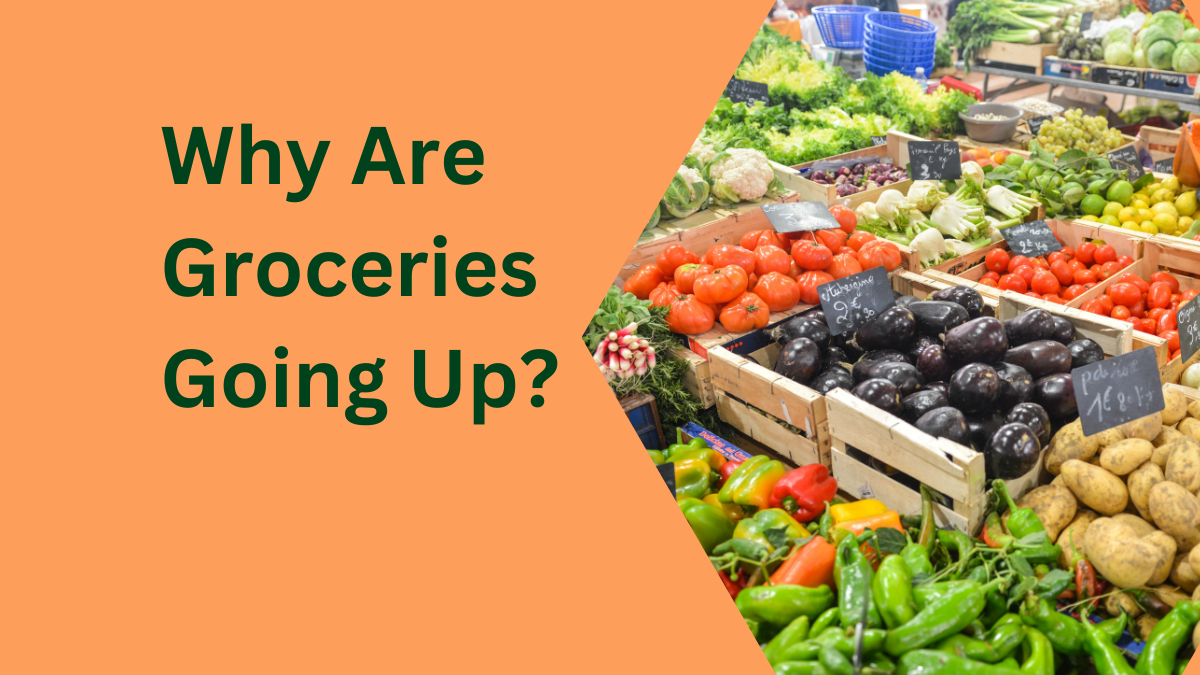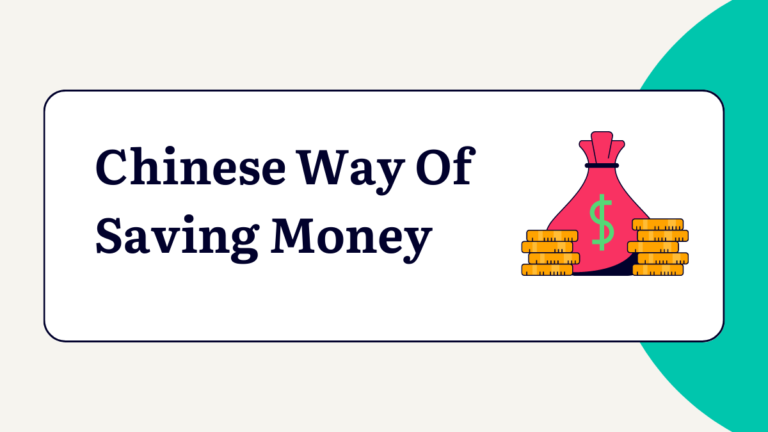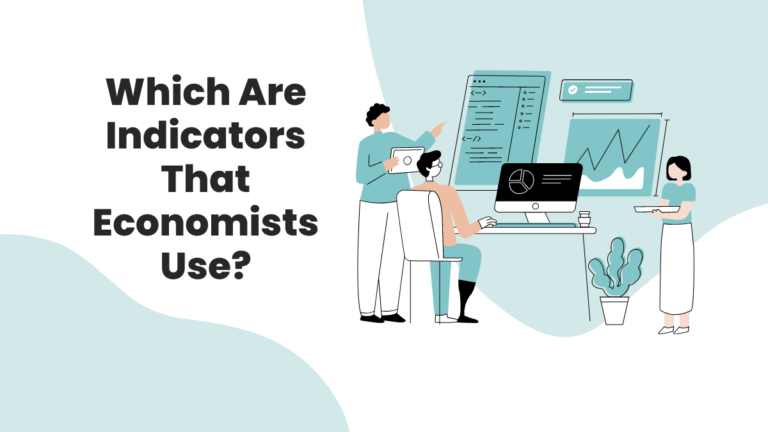Why Are Groceries Going Up?
Are you tired of seeing your grocery bill steadily increase every time you visit the store? Well, you’re not alone. It seems like everywhere we turn, prices for everyday essentials are skyrocketing. But have you ever wondered why are groceries going up?
In this blog post, we’ll delve into the factors behind this frustrating trend and explore potential solutions to help curb these rising costs. So grab a cup of coffee and get ready to uncover the truth about why our favorite foods are becoming increasingly expensive.
Table of Contents
What is a grocery bill?
When people think of groceries, they might think of the items they’ll need for their next meal. But, when you take into account all the hidden costs associated with grocery shopping, a grocery bill can be quite expensive.
Here are four reasons why groceries are going up:
- The cost of inputs is going up. Grocery prices reflect the cost of both food and fuel. Inflation has increased the cost of both food commodities and gasoline, which has pushed up grocery prices.
- The price of packaged goods is going up. Nearly everything in a grocery store has been packaged in some way or another, from fresh produce to processed foods to household cleaners. As the prices for these items have gone up, so has the price of groceries themselves.
- Grocery stores are making more money off fees and charges than they are from actual food sales. Many supermarkets now charge an array of fees for things like using reusable bags or buying alcoholic beverages alongside groceries (even if you’re not actually consuming them). These fees add up over time, and can really take a bite out of your wallet.
- Grocery stores are erecting artificial barriers between themselves and consumers by charging more for specialty items and limiting where those items can be bought (often within their own stores only). This limits consumers’ choices and drives up prices for those who do have access to specialty items in other formats (like online).
How does the grocery store make money?
The grocery store makes money through a variety of methods. The most common way is through the sale of groceries. Grocery stores also make money by charging for services, such as bagging your groceries or taking your groceries to your car. Grocery stores also make money from advertising, which helps them to sell their products.
What are the main sources of revenue for grocery stores?
The main sources of revenue for grocery stores are sales, membership fees, and product advertising. Grocery stores depend on these three sources to varying degrees to make their money:
- Sales: The most important source of revenue for grocery stores is sales. The average grocery store sells around $1,600 worth of products per day. This means that a lot of money can be made by selling products in the store. People often buy groceries based on what’s available rather than what they need, so it’s important for grocery stores to have a wide variety of products to offer.
- Membership Fees: Another important source of revenue for grocery stores is membership fees. Membership fees allow grocery stores to generate income from customers who aren’t necessarily looking to buy anything specific. For example, some people may belong to a gym or charter school and pay monthly fees in order to use the facilities. Similarly, many people pay membership fees to belong to health clubs or country clubs. By charging memberships, grocery stores can generate a steady stream of income without having to worry about too much change in customer traffic.
- Product Advertising: Last but not least, product advertising is another important source of revenue for grocery stores. Product advertising can be done in a number of ways, such as through TV commercials or online ads. By placing ads for specific brands or types of products, grocery stores can attract customers who are specifically interested in those products. This way, they can make more money from product sales than they would from membership fees or sales alone.
Why is food expensive?
Food prices are increasing for a variety of reasons. In recent years, the cost of food has gone up due to an increase in commodity prices, such as corn and soybeans. Additionally, the cost of production and transportation has increased. These factors have led to an overall increase in food costs. Additionally, there is a lack of crop inventory and high demand for food products, which has also contributed to the increase in food prices.

The price of food has been going up for a long time
Food prices have been going up for a long time, and the reasons behind it are complicated. The cost of inputs like oil and grains has increased, as well as the price of packaging and transportation. Additionally, there’s been an increase in demand for food thanks to population growth and advances in agricultural technology.
There are a few reasons why food prices have increased:
- Bad weather: A bad crop in the Midwest, a typhoon in the Philippines, and unseasonably warm temperatures have led to lower yields and higher costs for farmers.
- Agricultural tariffs: The Trump administration has put tariffs on imported goods from several countries, including China, Mexico, and Canada. These tariffs make imported goods more expensive and increase the prices that Americans pay at the grocery store.
- Rising food prices are linked to a variety of other factors: overproduction in some areas due to excessive use of pesticides or water; shortages of key commodities like wheat, soybeans, and sugarcane; rising input costs such as fuel costs, fertilizer prices, and transportation fees; economic instability in parts of the world where crops are grown; and changes in consumer behavior (such as eating out more often).
The cost of food has something to do with the production of food
Food prices have been on the rise for a while now, and it seems like there is no end in sight. Theories abound as to why food prices are going up, but the one thing that everyone agrees on is that production has something to do with it. Here are three reasons why food prices are going up:
- Climate Change: As the Earth continues to warm, it becomes harder and harder to grow crops. This means that food manufacturers have to pay more for land, water, and energy. Higher costs mean higher food prices for consumers.
- Population Growth: More people means more mouths to feed, which in turn means more money spent on food. Additionally, as populations increase, varieties of plants and animals need to be managed more carefully in order not to go extinct. This increases the cost of producing food.
- Politics: Intense competition among farmers for a limited number of markets leads to increased price-gouging by producers. In some cases, this has led to civil unrest in countries where agriculture is vital for economic stability.
The cost of gas has something to do with the price of food
Gas prices are one of the main factors that affect the price of groceries. According to a report by GasBuddy, the average cost of gas in the United States has increased by 28 cents per gallon since February. This increase in gas prices has translated into an increase in grocery prices across the country. Grocery prices have risen 5 percent on average since last year and now account for 16 percent of all food spending.
One reason for this increase is increased transportation costs. The cost of food has been increasing steadily due to globalization, increased fuel costs, and other factors like weather conditions. Additionally, many retailers are passing along their higher costs to consumers in the form of higher prices.
Some people argue that higher food prices are a symptom of economic problems like high unemployment and inflation, but others believe that these increases are simply a result of market forces. Regardless of whether or not food prices are justified, they will continue to rise as long as transportation costs remain high and oil remains expensive.
The cost of groceries
The cost of groceries is on the rise, and this is not just a recent trend. Inflation has been steadily increasing for years now, meaning that food prices have also been going up. There are a few reasons why this is happening. The first reason is that the price of inputs, like grains and vegetables, has been going up. These inputs are used in many different products, so when they go up in price, the cost of those products goes up too.
Another reason groceries are going up is because the value of the US dollar has been dropping over time. When the value of a currency decreases, it becomes more expensive to purchase foreign goods or convert money into foreign currencies. This means that American companies have to sell their products overseas for less money, which causes the prices of their products to go up here at home too.
One final reason that grocery prices are on the rise is because of inflation in wages. Over time, wages have not kept pace with inflation rates, so employers have had to pass along rising costs to consumers in the form of higher prices for food items.
Conclusion
There are a few explanations for why groceries are increasing in price. One reason is that the cost of food has been on the rise for a while now. Another reason is that there is more competition in the grocery industry than there ever has been before. Grocery prices are also affected by things like transportation costs, taxes, and inflation.






